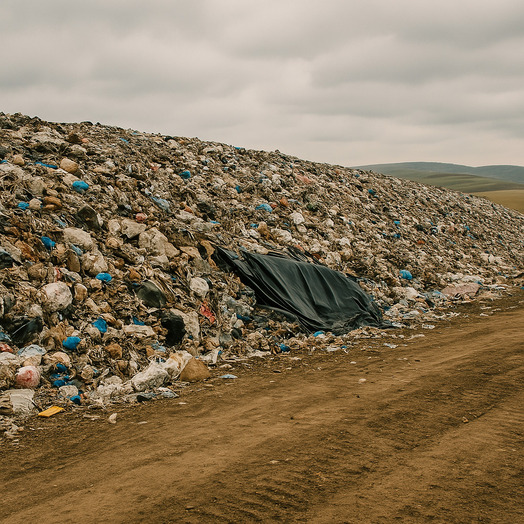ASTM D5511 Testing
Standard Test Method for Determining Anaerobic Biodegradation
What is ASTM D5511?
ASTM D5511 is a standardized test method developed by the American Society for Testing and Materials (ASTM) for determining the biodegradation rate of plastic materials under high-solids anaerobic digestion conditions. This test simulates the environment found in biologically active landfills where oxygen is limited or absent.

Why This Test Matters
ASTM D5511 is particularly relevant for products that may end up in landfills, as it measures how plastic materials biodegrade in the absence of oxygen—a common condition in modern landfill facilities. This test helps determine if plastic materials containing PlastScience additives can biodegrade in these real-world disposal environments.
Test Methodology
The ASTM D5511 test involves the following steps:
- Sample Preparation: Plastic materials are reduced to small pieces to increase surface area.
- Inoculation: The samples are mixed with anaerobic digestate from municipal waste or wastewater treatment facilities, which contains naturally occurring microorganisms.
- Incubation: The mixture is placed in sealed reactors and maintained at a temperature of 37 °C (mesophilic conditions) or 52 °C (thermophilic conditions).
- Gas Measurement: The biogas (primarily methane and carbon dioxide) produced during biodegradation is collected and measured over time.
- Data Analysis: The volume of biogas produced is used to calculate the percentage of biodegradation based on the theoretical maximum gas production.
PlastScience Performance
PlastScience additives have undergone rigorous testing using the ASTM D5511 protocol. Our bacterial nutrient-based additives have demonstrated significant biodegradation rates in anaerobic conditions, outperforming conventional plastics without additives.
Test Results Example
In controlled ASTM D5511 tests, standard polyethylene (PE) films formulated with PlastScience additives showed:
- 20-35% biodegradation within 180 days
- Continued biodegradation beyond the test period
- Consistent performance across multiple test batches
- Significantly higher biodegradation rates compared to control samples
Limitations of ASTM D5511
While the ASTM D5511 test is valuable for determining anaerobic biodegradation potential, it's important to understand its limitations:
- The test is conducted under optimized laboratory conditions that may differ from actual landfill environments.
- Modern landfills are designed to minimize biodegradation, so actual biodegradation rates may vary.
- The test duration (typically less than 365 days) may not capture the full biodegradation timeline.
- Results cannot be directly extrapolated to predict biodegradation in other environments, such as soil or marine conditions.
Comprehensive Testing Approach
At PlastScience, we believe in a comprehensive approach to biodegradation testing. While ASTM D5511 provides valuable data on anaerobic biodegradation, we also conduct testing using other standardized methods including:
- ISO 14855 - Aerobic biodegradation under controlled composting conditions
This multi-method approach helps us develop a complete understanding of how our additives perform across different environmental conditions and disposal scenarios.
Want to learn more?
Contact our technical team for detailed ASTM D5511 test reports and performance data for specific plastic types and applications. Our experts can help determine the optimal PlastScience formulation for your products.
Contact Our Team